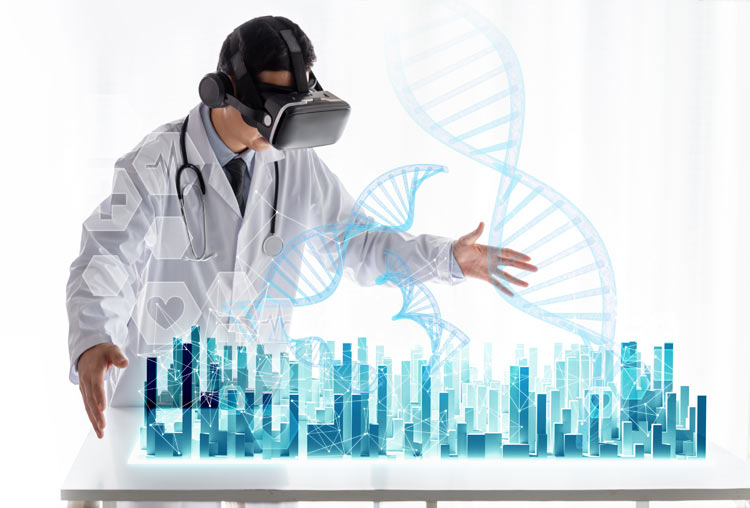Research - ACUPUNCTURE AND HEADACHES
Dr. Tatyana's Health and Wellness Blog
Treating the whole person to restore optimal health. Check back often for up-to-date news and information about acupunture and Chinese medicine.
Most Recent Posts ...
Posted on: 3/31/2025
Posted on: 3/3/2025
Search All Blog Posts
Blog Post Archive Categories
- The Hidden Toll of Alcohol: How It Disrupts Sleep, Triggers Anxiety, and Leads to Dependence
- Why Working with a Qualified Medical Professional is Essential for Weight Loss
- How Motivation Affects Our Health and How Hypnotherapy Can Help
- Boosting Metabolism During Menopause: How Acupuncture Can Help
- The Science Behind Acupuncture: How It Works and What Happens in Your Body
- Acupuncture for Menopause: Natural Relief for Hot Flashes, Sleep Issues, and Hormonal Balance
- The Importance of Exercise and How to Stay Motivated for a Healthier You
- The Power Trio: Vitamin D3, Omega-3, and Probiotics - Essential Daily Benefits
- Holistic Pain Relief Checklist
- Botox injections can help treat chronic migraines and chronic tension-type headaches as it stops neurotransmitters to get to the nerve endings in the head and neck, thus blocking pain.
- Stress reliefs therapies help reduce stress, anxiety, and depression, which have been linked to migraines and other types of headaches. Studies show that a combination of stress management and some antidepressant medication can ease headaches and reduce the use of pain medication.
- Mind-Body approaches like biofeedback, acupuncture, acupressure, and spinal manipulations are also used in treatment of headaches.
- Dietary Supplements such Riboflavin, Magnesium, Butterbur, Coenzyme-Q10 and Feverfew, which are also included in the guidelines for headaches by the American Academy of Neurology and the American Headache Society.
Research - ACUPUNCTURE AND HEADACHES

Headaches are among the most common disorders of the nervous system, according to the World Health Organization (WHO). It is estimated that half to three quarters of adults aged 18–65 years in the world have had a headache in the last year. Among these individuals, 30 percent or more have reported suffering from a migraine. And 1.7 to 4 percent of the world’s adult population has a headache for 15 days or more.
Headaches are disabling and can significantly influence the quality of life, especially for those suffering from chronic headache disorders. Repeated headaches affect family and personal life, affect employment, and come at a great financial cost.
According to the Global Burden of Disease Study, updated in 2013, migraine on its own is the sixth highest cause worldwide of years lost due to disability (YLD), while headache disorders collectively are third highest.
Types of Headaches
Headaches are uncomfortable and painful and are some sort of throbbing pain affecting the head and neck. Depending on the type of headache, the cause, intensity, and duration of the pain can vary. Some headaches are episodic and occur occasionally and usually disappear in some time, while chronic headaches are consistent and occur more frequently and can last for days.
There are two main types of headaches:
1. Primary Headache—when the headache is not triggered by any condition or illness. The three primary headaches are:
● Tension Headache
● Cluster headache
● Migraine
2. Secondary Headache—when the headache is a secondary symptom of something else going on in the body. Various other health problems can trigger these kinds of headaches such as allergies, inflamed sinus, hormonal fluctuations, or high blood pressure.
Headaches and Complementary Therapies
Research shows that complementary therapies such as acupuncture, massage, yoga, biofeedback, and meditation show promising results for migraines and tension headaches. Other alternative techniques like spinal manipulation, chiropractic care, some supplements and botanicals, diet alteration, and hydrotherapy are also beneficial for migraines. However, the evidence for cluster headaches is limited.
Did You Know Acupuncture Can Help You with Headaches?
Findings from selected systematic reviews and meta-analysis summarize that acupuncture is helpful in relieving migraine, tension headaches and other types of chronic headaches and can play an important role in the treatment plan for these types of headache disorders.
A Cochrane review of 22 randomized trials compared the effects of acupuncture with sham acupuncture, usual care and drug treatment specifically on migraines. Compared to usual frequency, acupuncture improved headache frequency with 41 percent of those treated with acupuncture experiencing at least 50 percent reduction in headache frequency. Acupuncture consistently reduced headache frequency compared to sham acupuncture. After three months headache frequency at least halved in 57 percent of participants receiving acupuncture compared to 46 percent in those taking prophylactic drugs and after six months in 59 percent and 54 percent, respectively.
The authors of the review concluded, “If people have six days with migraine per month on average before starting treatment, this would be reduced to five days in people receiving only usual care, to four days in those receiving fake acupuncture or a prophylactic drug, and to three and a half days in those receiving true acupuncture.”
Quality of life is greatly affected by frequent headaches and a systematic review in 2018 found that acupuncture enhanced quality of life more than medication did as it exhibits greater efficacy both in treatment and prevention of migraines compared to no treatment, sham acupuncture and medication.
Other studies that have assessed the effectiveness of acupuncture when given in addition to usual care, have found acupuncture to have clinically relevant benefits for people with headaches. In one such study, patients suffering from chronic headaches who had acupuncture experienced 34 percent fewer headache days. They used 15 percent less medication, had 15 percent fewer days off work and 25 percent fewer GP visits after one year.
How Acupuncture Helps Ease Headaches
Various biological processes take place in the body during acupuncture. These mechanisms—the neural pathways from acupuncture point stimulation to the spinal cord and the deactivation of the pain centers in the brain—have been studied and mapped over time.
A 2011 study introduces the concept of neural acupuncture unit (NAU), which is a collection of neural and neuroactive components in the body that are activated when acupuncture needles are inserted and stimulated at designated points in the body.
Also known as acupoints, these designated areas represent a “landmark system” which indicates sites of relatively dense and concentrated neural and neuroactive components. Here acupuncture stimulation can elicit a more efficient therapeutic response.
Acupuncture acts through multiple pathways to produce analgesic effects and reduce central sensitization. It triggers a sequence of events that include the release of chemicals, including neurotransmitters and the body’s own opioids, within the central nervous system, which produces the analgesic effect of acupuncture.
A 2018 study investigating the neurochemical responses after an acupuncture treatment for migraines found biochemical changes of brain metabolites that may be responsible for the reduction of headache intensity.
Acupuncture views headaches differently from Western medicine. A migraine, according to Western medicine, is a recurrent headache with no known cause and is commonly triggered by stress, fatigue, insomnia, menstruation and weather changes.
From a Traditional Chinese Medicine (TCM) perspective, a headache is a subjective symptom that can accompany many other signs and symptoms related to each other.
According to acupuncture, a headache can be caused by problems in other parts of the body and not necessarily only in the head or due to neurovascular dysfunction.
That is why acupuncturists will diagnose and treat each individual headache accordingly. The pathological changes and conditions inside the body related to each headache is analyzed by TCM practitioners to find the underlying causes of a headache before treatment begins.
Existing Therapies for Headaches
Tension-type headaches are the most common variety of headaches. Occasional tension headaches can easily be treated with over-the-counter medication. However, daily prescription medications are often prescribed for chronic tension-type headaches.
Preventive medications as well as pain-relieving medications are prescribed for migraines, another common type of headache affecting more women than men.
Other treatment options are:
The WHO recognizes acupuncture as an effective treatment for headaches.
It is also cost effective compared to other treatment options. A recent study of over 21,000 migraine patients, discovered that patients receiving acupuncture treatment could significantly reduce medical expenditure and lower the risk of depression and anxiety compared to those not receiving acupuncture treatment.
Next Steps
If you or someone you know is suffering from pain, try acupuncture! Give us a call or check out our website to set up introduction to acupuncture treatment.




